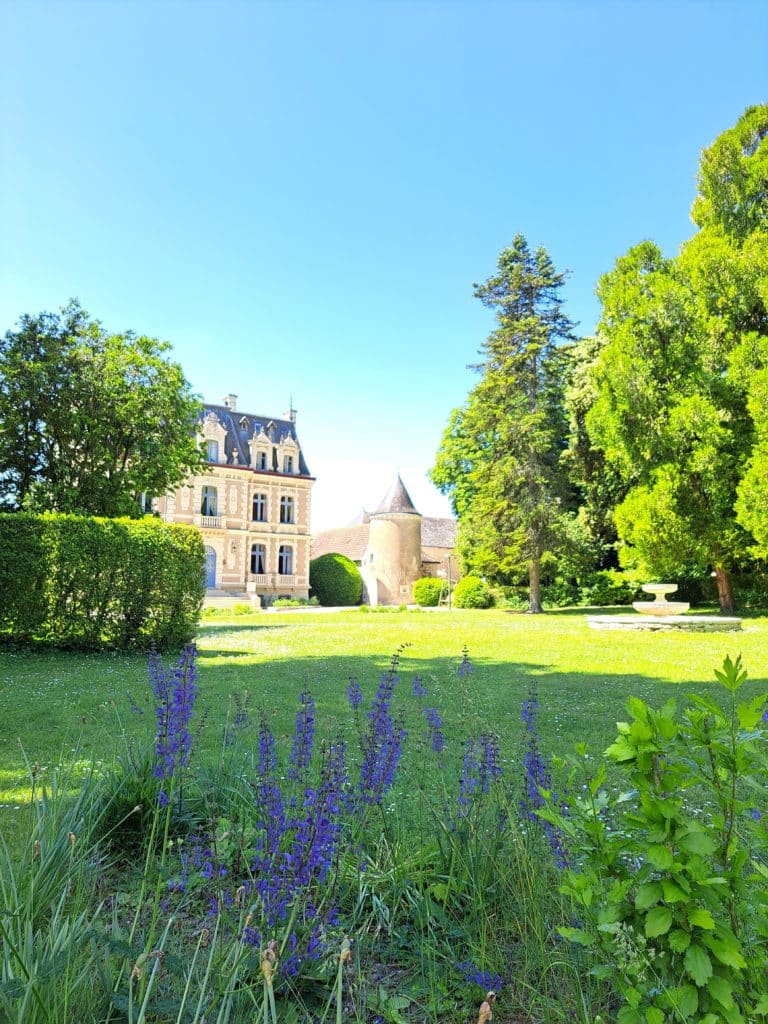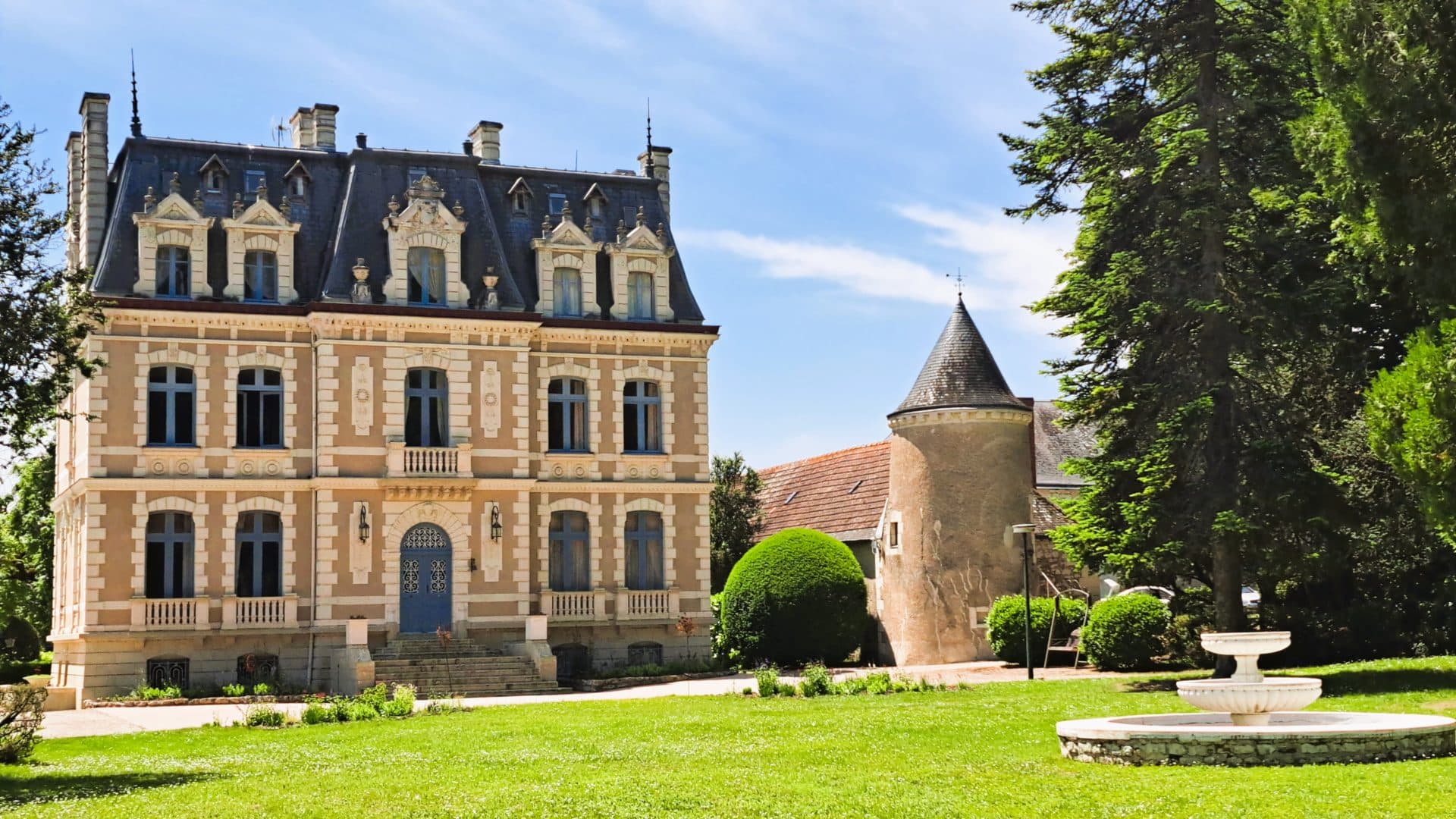Château de la Rolandière, located in the Loire Valley, has a rich and fascinating history stretching back many centuries.
The earliest traces of Château de la Rolandière date back to the Middle Ages, when it was a simple medieval fortress designed to defend the surrounding land. Over time, the château has been extended and transformed, reflecting the architectural developments and tastes of different eras.
The de Sassay family, of noble origin, acquired the Rolandière estate in the XVII century, during which time the château underwent a number of transformations to become a prestigious residence. The de Sassays, renowned for their influence and involvement in regional affairs, left their mark on the history of the estate through their presence and their contribution to its development.
Under their direction, La Rolandière became a gathering place for the local nobility, where sumptuous parties and social events were commonplace. The gardens were redesigned in the French style, adding to the beauty and elegance of the property.
In the early XIX century, the Wolf family, of Alsatian origin, acquired Château de la Rolandière, located in the Loire Valley in France. The Wolf family were prosperous industrialists, involved in the textile trade and manufacture. In buying the château, they hoped to establish their main residence there and create a flourishing agricultural estate.
Under the management of the Wolf family, the château was restored and transformed into a sumptuous residence, reflecting their taste for elegance and refinement. The gardens were redesigned in the French style, adding to the beauty of the property.
Edmond Wolff was mayor of Trogues in the 19th century and director of the Tours medical school. He married the daughter of Mathurin Martin, notary and mayor of Ste Maure de Touraine.
They had a son, Jean Wolff, at the age of 27 for his father and 22 for his mother. At the age of two, both his parents died of tuberculosis. He was brought up by his maternal grandmother in Châtellerault. After studying at the seminary, he became a priest in 1928. He was sent to Madagascar in 1931 and became archbishop of Diégo-Suarez after the Second World War. He died in 1990 in the region where he returned for his retirement.
In the 1970s, the estate was bought by the Syndicat Général des Personnels Non Enseignants de l’Education Nationale, who turned it into a campsite and holiday centre for their members.
In 2002, it was bought by private owners who developed a tourist activity.
At the end of 2023, Fabienne and Philippe Marmin set themselves the goal of continuing the history of this estate, respecting it and perpetuating its historical heritage.



